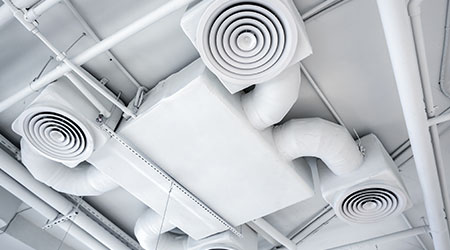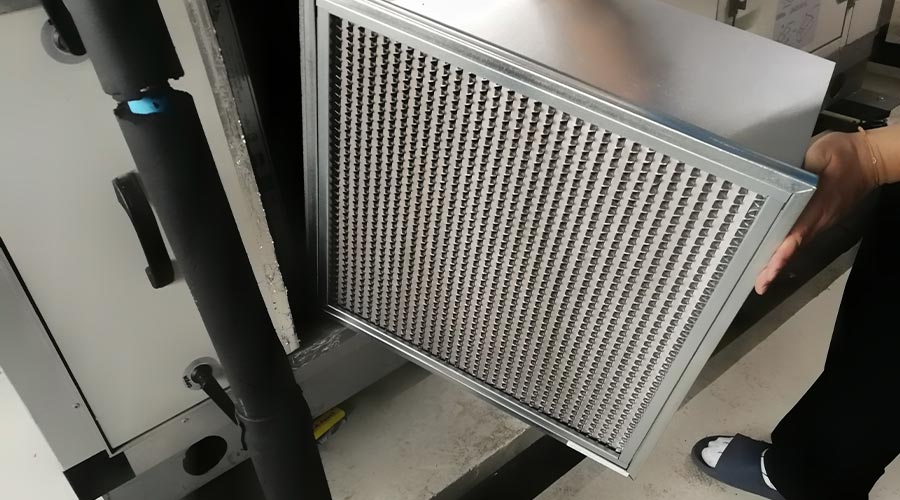Spotlight on Filtration: Understanding MERV Rating
The minimum efficiency reporting value (MERV) is a crucial metric for selecting the right filter for your facility. Here's what you should know.
Air filter efficiency is rated by its minimum efficiency reporting value (MERV). Values range from one to 20. The higher the MERV rating, the better the filtration.
For example, a filter with a MERV rating of between five and eight will remove 80 to 95 percent of the particles in the airflow that are 3 microns or larger. A filter with a MERV rating between nine and 12 will remove 90 percent or more of the particles 1 micron or larger. A filter with a MERV rating greater than 13 can remove 95 percent or more of the particles 0.3 micron or larger. Higher MERV ratings can be achieved through the use of high efficiency particulate air (HEPA) filters
While a higher MERV rating means a higher filtration efficiency, it also means a greater resistance to airflow in the system. This resistance must be made up through increased fan energy use, so managers need to balance the need to remove particles of a certain size against the ability of the HVAC system to provide the necessary airflow to the occupied space.
ASHRAE and the CDC recommend a minimum MERV rating of 13 for most commercial and institutional applications.
Related Topics:













